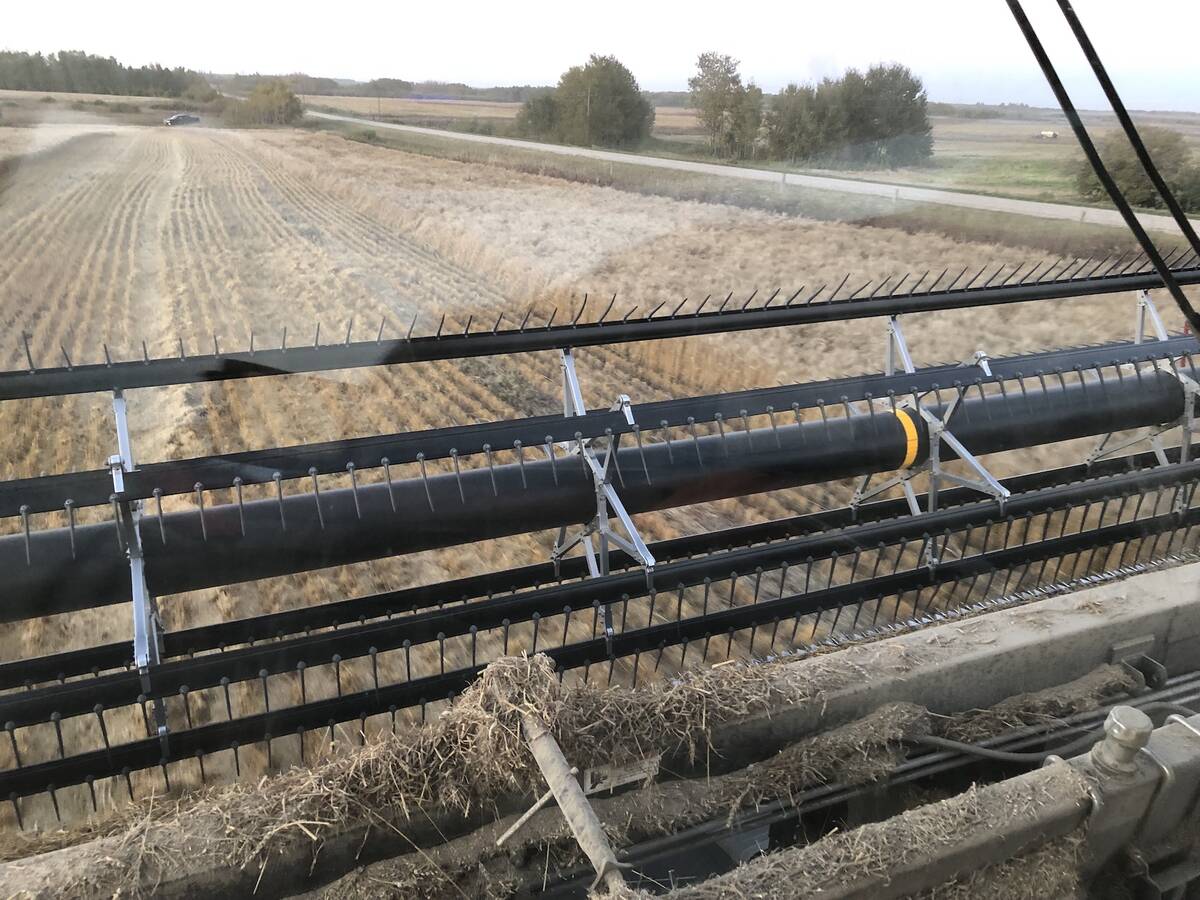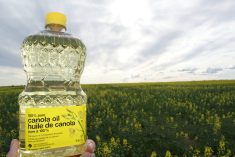Growing concerns over dry conditions in North America, as well as parts of Europe, Argentina, Malaysia and elsewhere, led to a spike in oilseed and grain prices. That was particularly felt on June 15 when North American markets spiked upward and saw ICE Futures canola jump more than $20 per tonne for the most heavily-traded contracts.
The old-crop July contract closed well above $700/tonne, and the new-crop January and March positions also exceeded that level. Despite the November contract’s sharp gain of $21.10, it remained a little under that psychological threshold.
While much of Alberta received rain during the week of June 12-16, the province’s south didn’t get as much and remained on the dry side. Nevertheless, any moisture for canola and other crops was welcomed. Also on the Canadian Prairies, dryness to some degree has become a factor in Saskatchewan and Manitoba.
Read Also

The poetic epic of Manitoba farming 2025
Former Manitoba Co-operator editor John Morriss returns for his yearly poetic sum up of the farming year and look ahead into 2026.
In the United States, North Dakota is facing dry conditions after spring seeding was delayed throughout the Red River Valley because of flooding. Also, much of the corn belt has been feeling the effects of the lack of rain.
That has already devastated winter wheat crops in several states, especially Kansas, where crop conditions are mired well below 20 per cent good to excellent. On the southern Plains, drought has hampered winter wheat in Texas, where a good portion of the crop was being diverted into the feed market.
Then there’s Argentina, where the once-promising 2022-23 soybean crop has been ravaged by drought. Initial projections going into the crop year roughly projected 48 million tonnes of soybeans. With the harvest close wrapping up, the Rosario Grain Exchange chopped its forecast, now pegged at 20.5 million tonnes.
Europe, which struggled through drought last year, is looking at dryness across its north, as well as in Spain.
Malaysia has warned that its palm oil crop is likely to be down 10 to 15 per cent because of the developing El Nino leading to dry conditions. El Nino also means Australia is heading toward dry conditions, after La Nina’s bountiful rains generated record-setting crops of canola and wheat.
Brazil was the major exception to this latest spate of dryness, with its record soybean harvest of more than 155 million tonnes. Parts of the country’s south felt the drought’s wrath extending northward from Argentina.
Being the middle of June, all isn’t lost on the Canadian Prairies. Even if conditions remain less than ideal, timely rains can still produce good crops. The markets will get their first indication of such when Statistics Canada issues its survey-based field crop area report on June 28. Two days later, the U.S. Department of Agriculture will publish its planted acres report.
Until then, the world will grapple with the merger of Bunge and Viterra, a deal which a number of countries are likely to review. Canada already says it will do so. And there’s the Ukrainian counter-offensive, along with Russia’s stepped-up missile and drone strikes and its never-ending wailing over the Black Sea export deal.
















